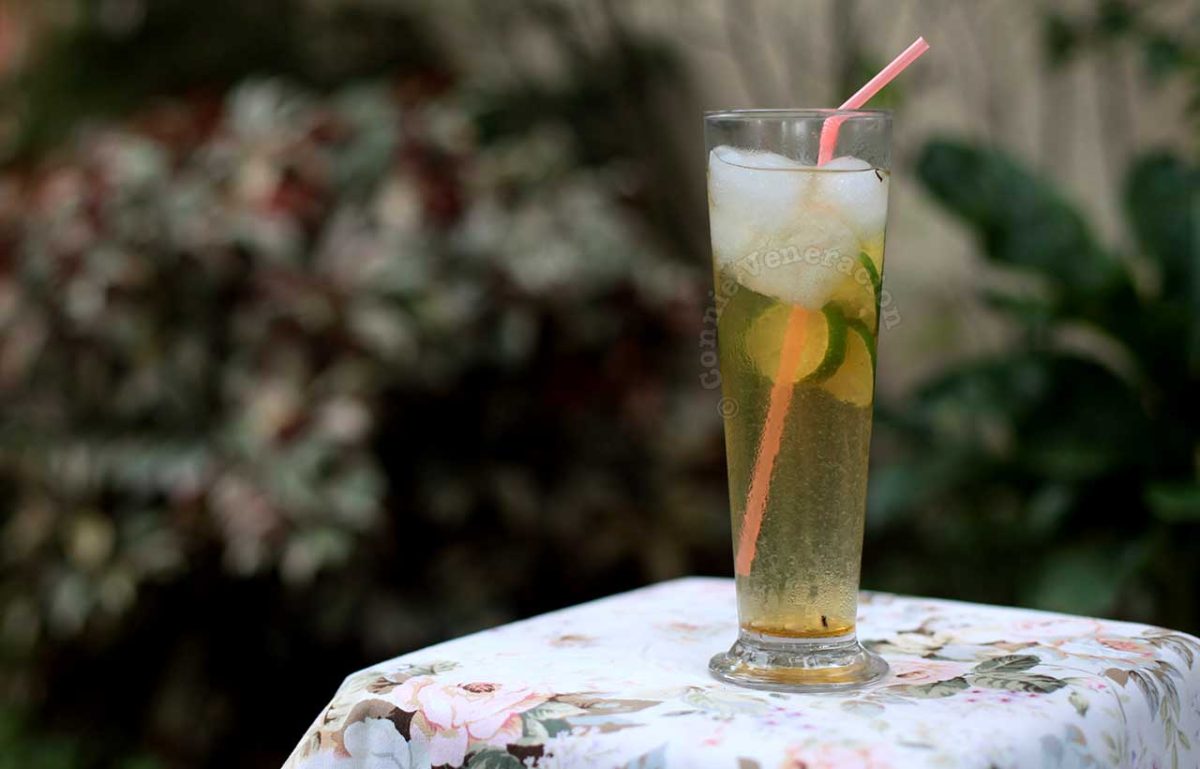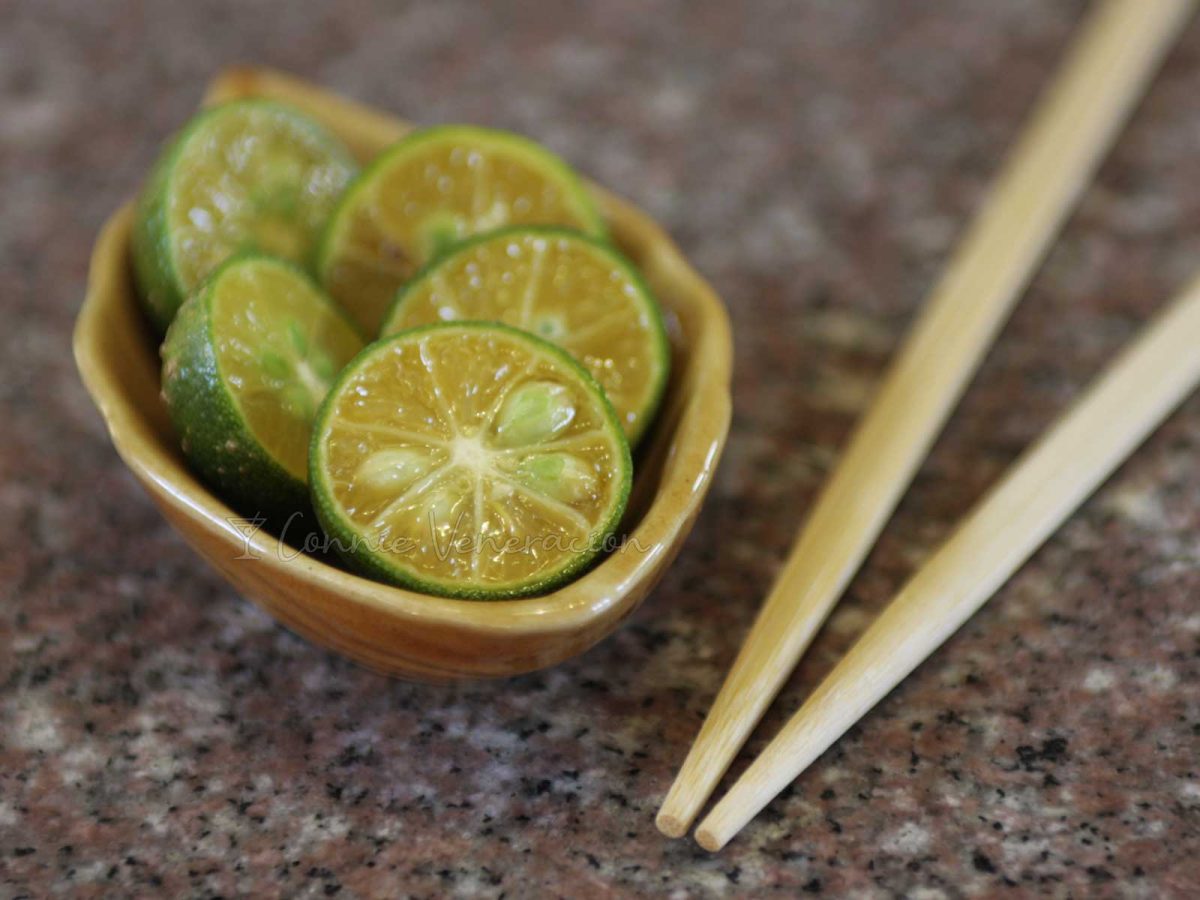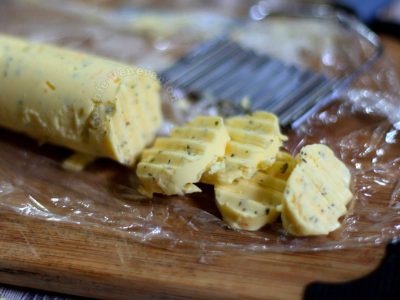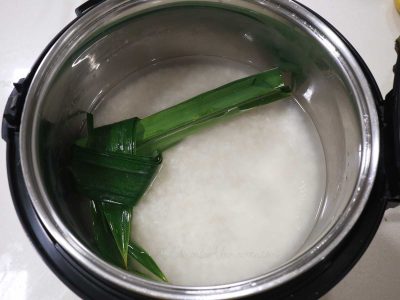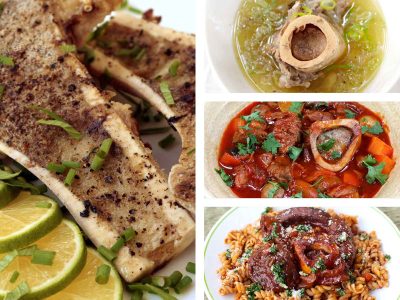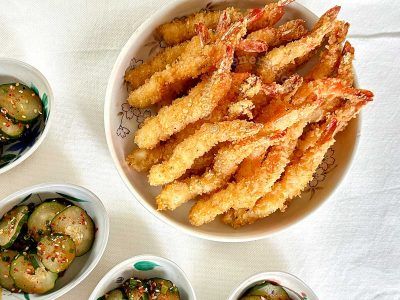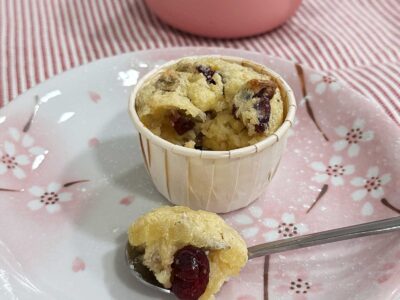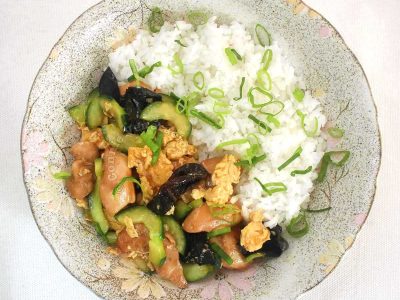In Vietnam, I was expecting lime to be the default sour fruit juice for cooking but, in Saigon, we found mounds of calamansi in the market and, at a cooking class, we used calamansi juice instead of lime juice. I would learn later that calamansi also grows, and is used for cooking, in Indonesia, Malaysia, China and Taiwan.
Is calamansi known by other names?
Calamansi is the Anglicized version of kalamansi, the Filipino name for the fruit. Another local name for the fruit is kalamunding from which calamondin was derived. When Andrew Zimmern traveled to the Philippines more than a decade ago to shoot an episode of Bizarre Foods, he referred to calamansi as calamondin, a name used during the American colonial period.
The word calamondin is hardly ever used in the Philippines today. But in countries where calamansi extract is imported from the Philippines, other names include Philippine lime and Philippine lemon.
What does calamansi look, taste and smell like?
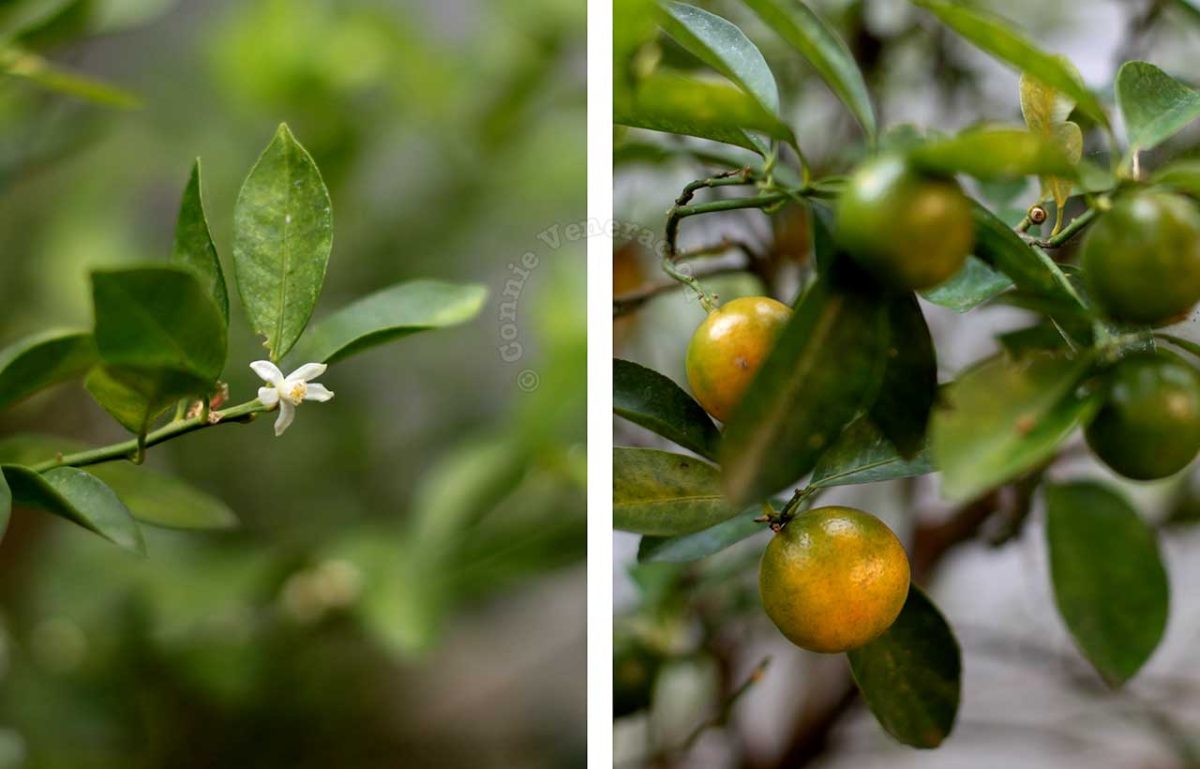
Calamansi is a shrub that rarely grows taller than six feet. The calamansi flowers closely resemble the flowers of lime and kaffir lime.
Calamansi is a small fruit the diameter ranging from an less than an inch to almost two inches. Before ripening, the skin is green and sometimes bumpy. When allowed to mature, the color turns a deep orange. Unless grown as ornament (it is grown as an ornamental plant in some parts of the works including Florida), calamansi is harvested before it ripens. That’s the ideal stage to get juice with the perfect tang.
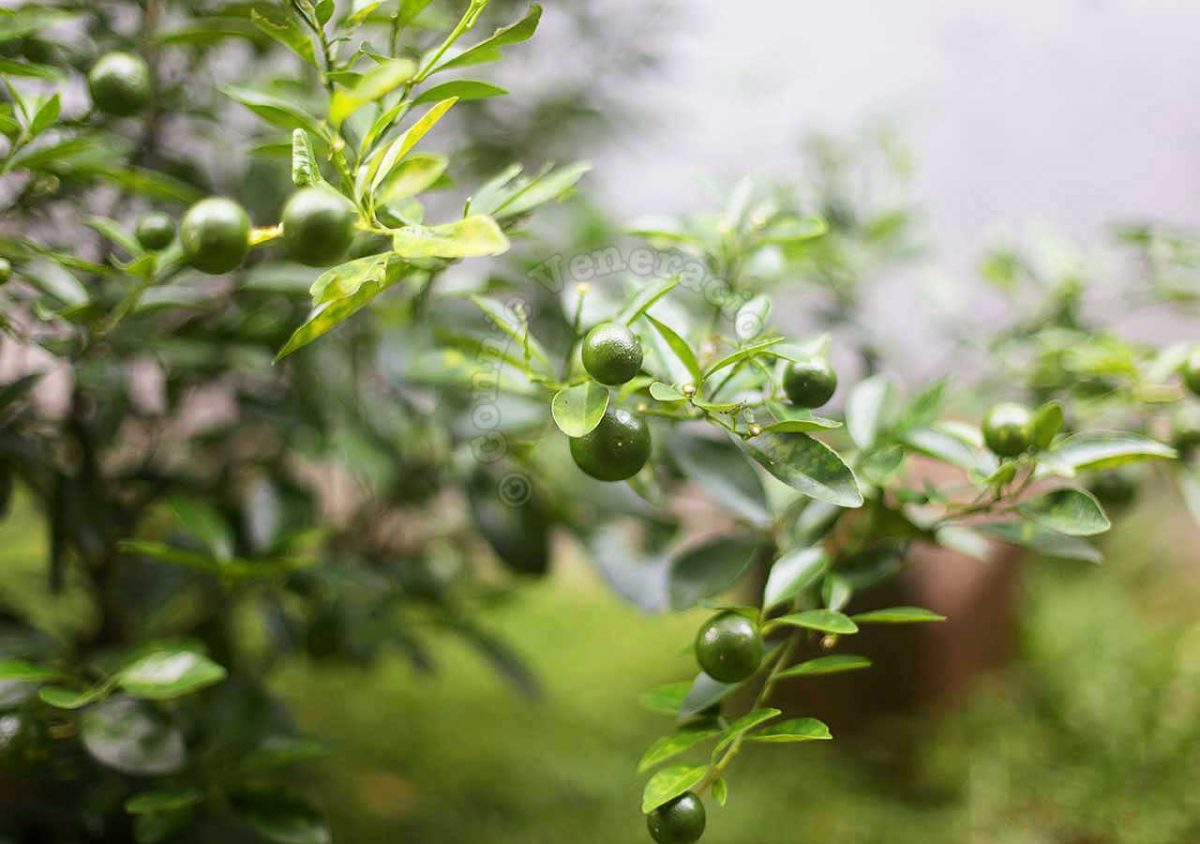
The skin of the calamansi, so thin that the fruits have to be picked by hand lest the skin breaks, covers a golden pulp. The juice is the same color, golden to yellow orange, more tart than lemon juice but not as aromartic as lime juice.
How is calamansi used in cooking?
The skin is very thin and difficult to grate to get zest. The juice is the truly important part of the calamansi. To extract the juice, the fruit is cut into halves and squeezed. It is used as preservative, seasoning, dipping and for making hot and cold drinks.
